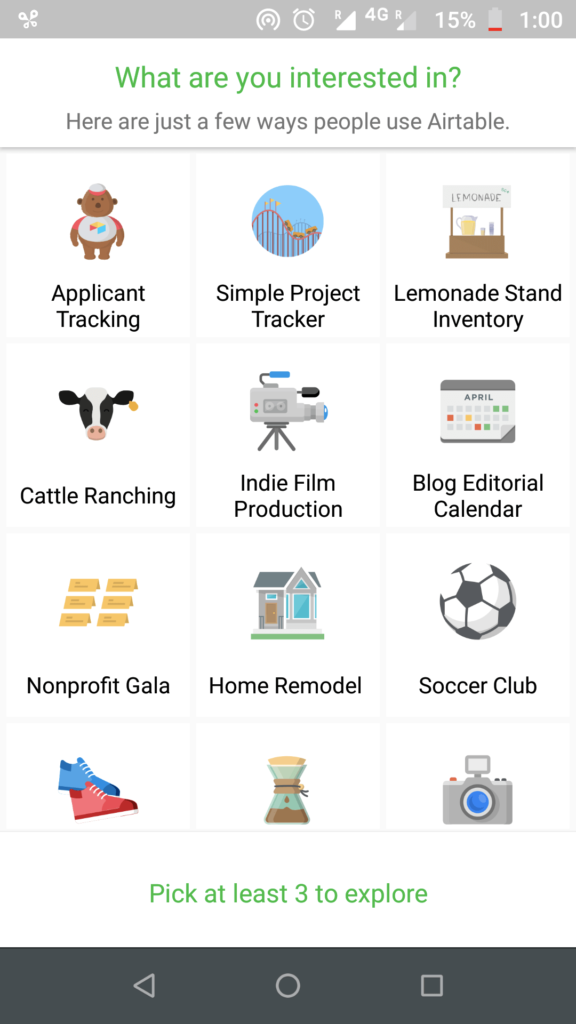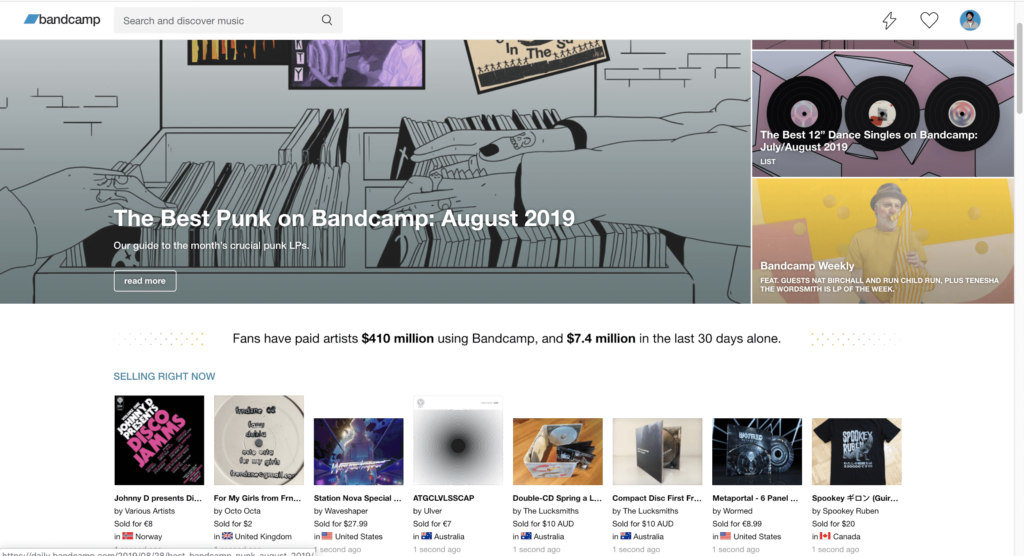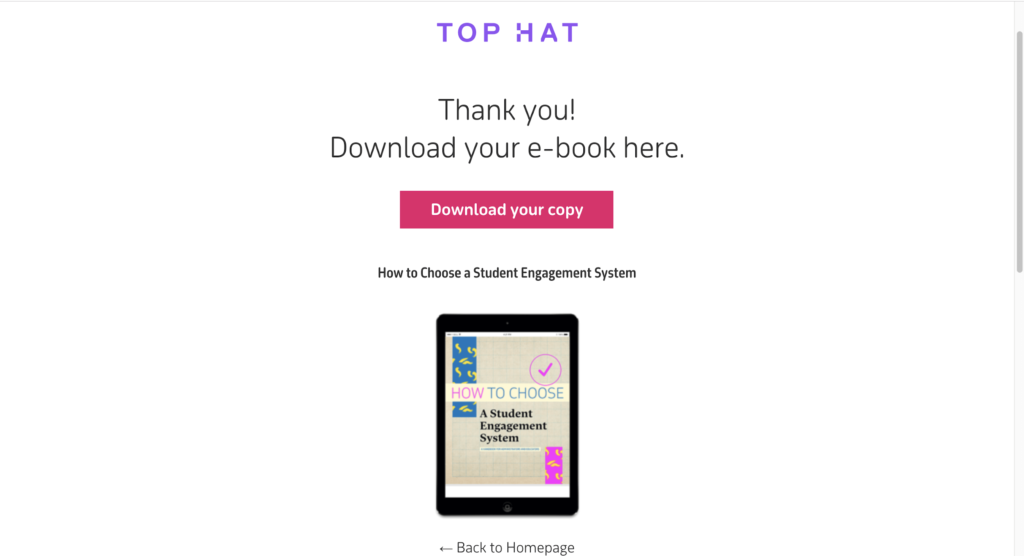Unlike the halcyon days of marketing, when both competition and information were limited in business, things are different now. The race for customer attention is ON! And like never before.
The customer has turned ever more curious, informed, and impatient. They are flipping between multiple apps at the same time, feeling bored too soon, and getting oh-so-good deals every single minute. Brands are left with very brief moments across the day when they get their customer’s attention. But, that’s also where the opportunity lies.
Smart brands and marketers understand that in the digital world – a customer can be found anywhere at any time. Whenever they meet their customers during those brief moments – they are ready to delight their customers. And being delighted, as said by Seth Godin, is remarkable and worth talking about.
Brands who realize its value break into those short windows of crossing the customer’s path and create a space in their heads and hearts. Think of it as an airline calling you in advance to inform about the flight delay or cancellation, or sending you an email suggesting hotels for a layover, or arranging food for you while you wait for the flight. There are certain definite moments to win brownie points. Similarly, digital businesses as well can turn these moments into their favor.
We have compiled a list of brands who have done this really well and may inspire you in planning the customer journey.
Airtable
Empowers Users with Engaging Onboarding Experience
Airtable is what we call the perfect coming together of product and marketing. It has the face of a spreadsheet but the power of a database. It can handle any scale of tasks boosting productivity and simplifying workflow.
What we like about it is the way it informs new customers about various use-cases in the very first interaction itself and gets them excited about trying it all. The application ideas are extremely creative and immediately draw attention. Besides, it’s extremely easy to learn how to use the app from the onboarding steps.

As per ProfitWell’s research report, new customers who have a positive perception of the onboarding experience are less likely to churn in the first 21 days of using the product. Airtable certainly has cracked this one.
Why it works:
- It inspires creativity and gets users excited about trying various use-cases.
- It merely requires email ID for signing up and doesn’t require the user to click on a confirmation link before experiencing the app.
Bandcamp
Connects Users and Product with Humane UX Copywriting
We would like to call them one of our recent favorites. Bandcamp is a U.S. based online music company. Music artists can upload their music on the Bandcamp website and earn money.
As per their website, when you buy something on Bandcamp, whether it’s digital music, vinyl, or a t-shirt, ticket or cassette, 80-85% of your money goes to the artist. Several top global artists have shut down their own labels and started selling on Bandcamp. As a brand, Bandcamp has established the image of transparency – and they don’t fail to showcase this in their customer journey. Starting from the homepage to the payment prompt – Bandcamp encourages the culture of supporting art and artists fairly. Putting fans in the picture with its messaging, it allows them to connect with the artists on a deeper level. And that hits the nail!

The album in the video was bought soon after.
Why it works:
- It places communication at the right time and in the right place.
- It informs users about the impact they create with every purchase.
Amazon
Relevant and Useful Product Recommendations/Messaging
Amazon has perfected the game of reaching out to its customers at the right time and making relevant product recommendations without being pushy. And they’re only getting better at it, each passing day.
Over the years, the company has advanced its personalization strategy – all credit to its efforts in deep learning, artificial intelligence, and machine learning. They have made use of both email marketing and on-site recommendations to the best. Their success can be estimated from the fact that 35% of their sales come from these recommendations, as per a 2013 report by McKinsey.
Why it works:
- It takes into account the customer’s interests and needs and talks to customers without being creepy.
- It constantly updates its learnings from data.
TopHat
Supports User Success with Personalized Content
Another good example in SaaS businesses is Top Hat. Top Hat is an education technology platform that allows teachers to engage students before, after and in-class. Not only do they offer teachers (their audience) with relevant content resources but they have focused on providing diverse content. It is possible that some users like one format over another. Having well-spread options to interact with customers, provides several opportunities for success.

Why it works:
- It uses multiple-channels of communication effectively and provides relevant content.
- It shows users that the brand is interested in their success.
Hilton Hotels
Putting Users in Control of Their Experience
Hilton Hotels likes to remain at the forefront of the hospitality industry. It readily welcomes new ideas and embraces technology. Last year, Hilton added Connected Room to its list of offerings. It’s a high-tech hotel room that enables guests to personalize and control every aspect of their stay from their phones – from TV, temperature to lights – the guest has the control.
Using the Hilton Honors app, guests are able to manage many things with improved ease and control. Taking into account that many guests don’t use smartphones, the room comes with a remote control with the same functions.
Why it works:
- It puts personalization in the hands of customers and removes guesstimate out of the experience.
Important considerations to optimize the customer journey:
- Define the customer journey first:
Surely, there are many things you can try to improve the customer journey. But the first and foremost step always needs to be defining how it looks like for your brand. Having a clear and well-researched customer journey helps identify the touch points for interacting with the user, and plan a strategy.
- Don’t try too hard:
Never ever do personalization for the sake of it. Understand the challenges from the user’s perspective and offer solutions relevant to them.
- Communicate effectively:
While having the necessary tools certainly helps amp the personalization marketing game, it is crucial to pay an equal amount of attention to the communication strategy as well. How you say something will decide if your customers stay with you or get scared and leave.
- Time it well
Giving customers quick tutorials on product features before hanging up can reduce churn by 6%. Find out the best stages to reach out to your customers and offer help for them to succeed.
- Update your insights:
Technology and market trends are ever-changing. As such it becomes crucial that you update your knowledge of customer journey every year. Doing so helps uncover new touch points, user behavior and gaps in the strategy.
- Make information easily accessible:
Users appreciate when they can find answers to their problems in an easy and timely manner. Ensuring your website FAQs, user guides, helpdesk, and other resources are searchable and easy to locate, improves the experience.
- Take the guesswork out:
Make use of smart solutions that help take out the guesswork from personalization. Collect data and translate them into meaningful insights to create delightful experiences.
While these are some of the ideas which you can use to optimize customer journey for your brand, the topic requires a whole book to cover the deeper analysis.
Also Read: The ‘AI plus Personalization’ Boon: Transforming E-Commerce
We would be eager to know about the ideas that worked for you. How was your experience of defining customer journey? What sort of results did you get? Share your ideas and experiences with us in the comments below. We’re always up for a good discussion.
Hope you enjoyed this post! Stay tuned and subscribe for more.







